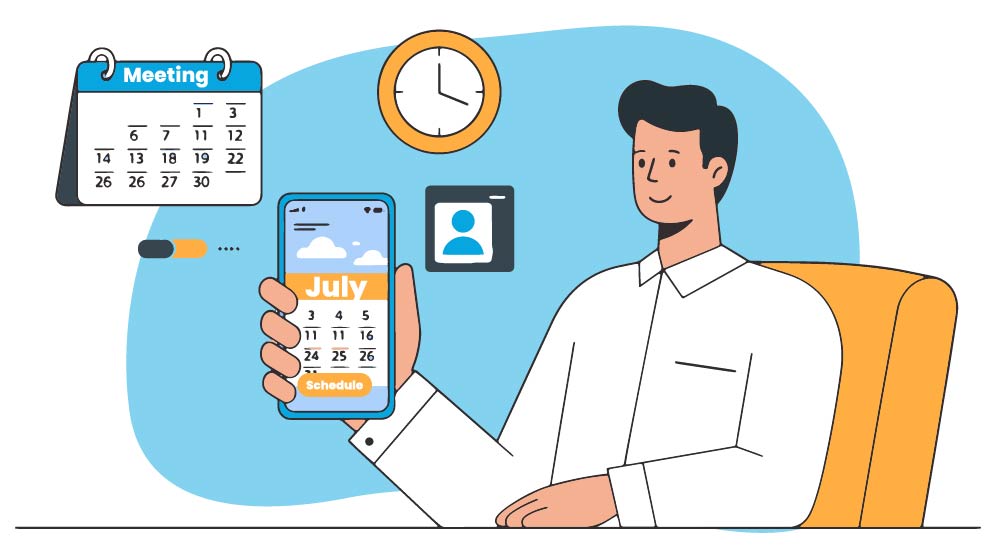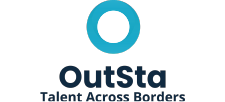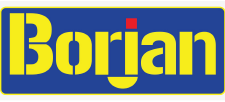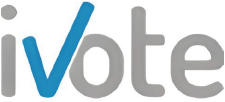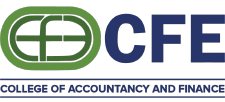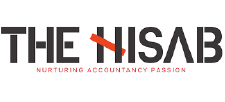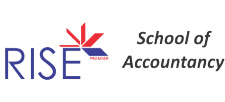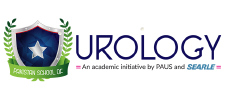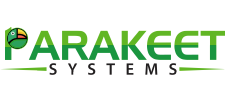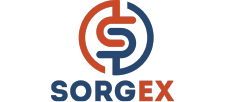Learning Management System
Manages and delivers educational courses with tracking and administrative tools
Transform your learning environment with our comprehensive white-label LMS solution that puts your brand first. We provide an all-in-one platform that seamlessly integrates with your domain while offering enterprise-grade scalability.
- Key Capabilities
- Live Sessions & Interactive Learning – Engage learners in real-time
- Content Management & Security – Full control over your educational content
- Comprehensive Assessment Tools – Track progress through assignments, surveys, and grading
- Digital Resource Hub – Centralized access to video lectures, digital books, and learning materials
Our platform adapts to your growth, ensuring a consistent learning experience whether you’re teaching 10 or 10,000 students.
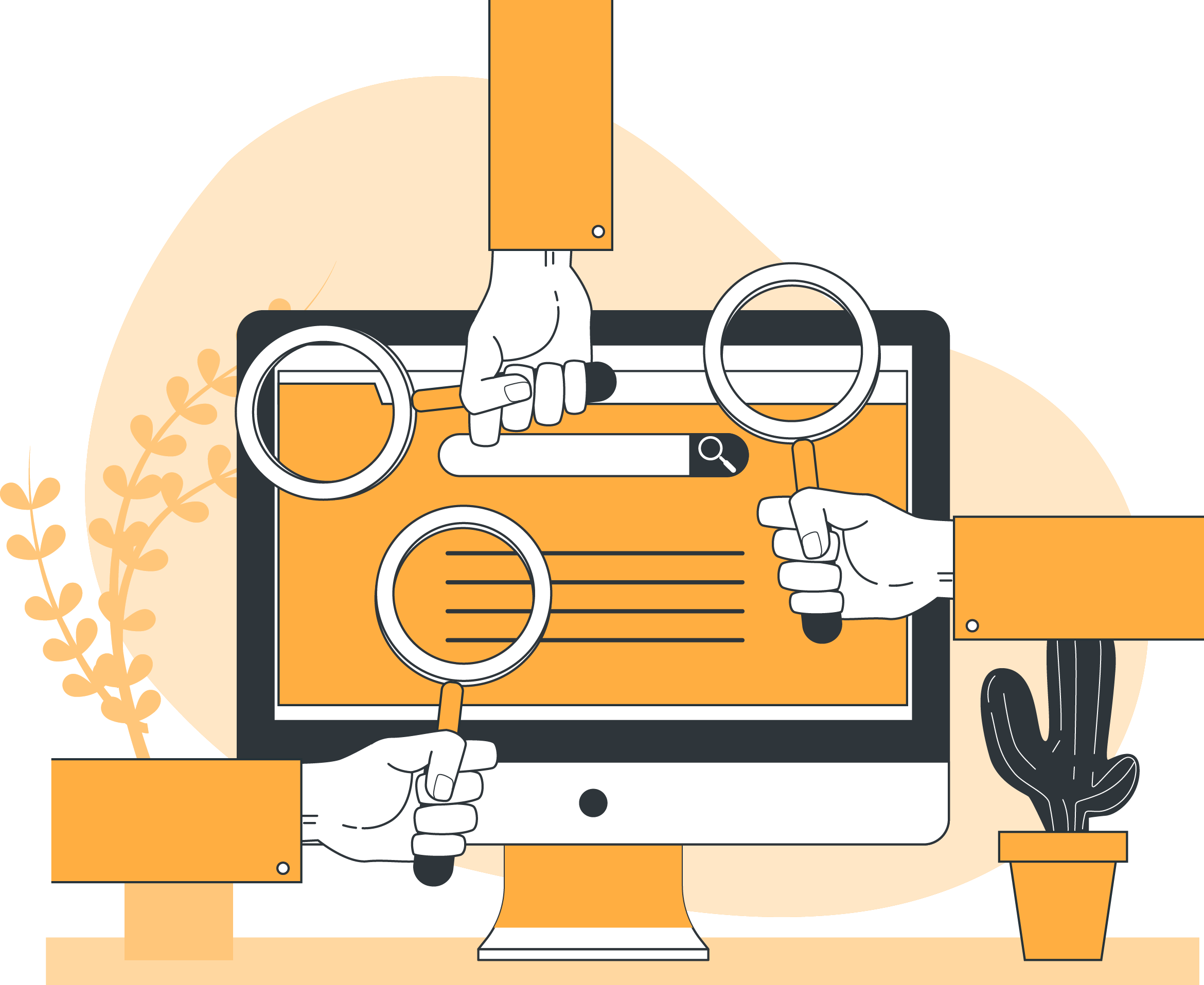
|
Learning management system (LMS) typically consist of two main components: a front-end interface for learners and a back-end system for administrators and instructors. Here’s a simplified overview of how they work:
|
 |
|
Learning management systems (LMS) are needed for several reasons:
|
 |
|
The features of an LMS can vary depending on the specific platform, but some common features include:
|
 |
Product Features
Product Features

Live Session
Ability to allow teachers and trainers to conduct live session

Video Lectures

Quizzes

Questionnaires

Digital Books

Assignments

Interactive Videos

Engaging Content

Digital Certificate

Gamification
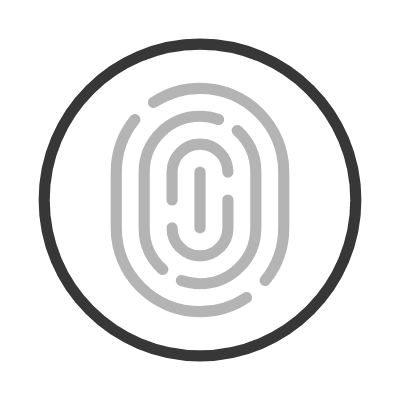
Secure Video

Learning Analytics
Ready to Explore Further?
Connect with Us: Understand how our team can add value to your business!
